A bluffer’s guide to the Big Bang machine
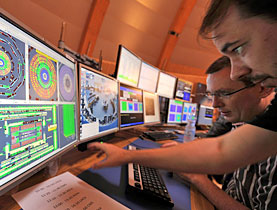
From the Higgs Boson to dark matter: Cern physicist Dave Barney tells swissinfo what exactly experts hope to learn from the world's largest scientific experiment.
On Wednesday international scientists from Cern research centre near Geneva successfully fired a beam of proton particles around the 27km-long underground tunnel housing the world’s biggest particle accelerator.
The Large Hadron Collider (LHC) is designed to push the proton beam close to the speed of light, whizzing 11,000 times a second around the tunnel.
If everything goes to plan, two beams will be fired in opposing directions and smashed together in four bus-sized detector chambers, creating showers of new particles that can be analysed by powerful computers.
swissinfo: What are you hoping to achieve with this experiment?
Dave Barney: We’re basically trying to understand the universe around us and why we’re here. We’re recreating on a very small scale what happened just after the Big Bang.
At that time things were very different to how they are now. There was an equal amount of matter and anti-matter and they should have annihilated each other and the universe shouldn’t have appeared.
One of the things we are looking for with the LHC is some explanation of why the forces of nature treat matter and anti-matter slightly differently. If we look at our known universe now, what we see is matter; there is no anti-matter and we want to understand where it has all gone.
We have a theory for this and what we hope to achieve is an understanding of whether that theory is correct or not.
swissinfo: What exactly is the elusive theoretical particle known as the Higgs Boson that you are looking for?
D.B.: If you go back to the Big Bang, all of the particles that came out of this huge explosion didn’t have any mass, but for some reason something gave some particles mass but left others alone.
We believe that this is part of the Higgs theory, which postulates that there was a particle called the Higgs Boson whose job it was to give some particles mass and not bother with others. This gave the universe its substance and made it solid. If it wasn’t for the Higgs nothing around us would be solid, and another reason why we exist at all.
If the Higgs exists, the LHC and experiments will create it in the laboratory, detect it and understand it. If it’s there, we’ll find it – I’m 100 per cent confident.
swissinfo: Another declared aim is to learn more about dark matter. Tell us more.
D.B.: When you look at our beautiful galaxies with their wonderful rotating spiral shapes and you count the number of stars, it doesn’t add up. The mass out there is not enough to account for how galaxies move and we can tell that only four per cent of the known universe is made up of the same substance as you or I – protons, neutrons or electrons. The other 96 per cent is made of something else, part of which is dark matter.
The really fascinating thing about dark matter is that, although our main evidence is from observing galaxies by telescope, dark matter is everywhere. It’s inside you or me, passing through us unobserved. We are swimming in it, but we can’t feel it.
At the LHC we’ll create tiny amounts of dark matter in a controlled way in the laboratory and see what happens.
swissinfo: Some scientists claim you might discover extra, hidden dimensions. What’s your opinion?
D.B.: There are lots of different theories about our universe. Our current theory – the standard model – seems to fit very well but there are lots of missing pieces like the Higgs that we don’t really understand.
One theory out there is that particles are not little balls but tiny strings. One of the ways they appear or their effect is that there is not just four dimensions, three of space and one of time, but inside these strings there are wrapped-up extra dimensions of space that we can’t actually observe at the moment.
Some theorists believe that some of the collisions could allow us to observe these tiny strings and dimensions. But the majority of theorists say we cannot approach the energy needed to do this with the LHC and it’s not powerful enough. So I believe the chances are very small, but you never know.
swissinfo: There have been worries that the experiment might spawn black holes with enough gravitational pull to swallow up the Earth. What do you say?
D.B.: A black hole is essentially a large mass of matter in a very, very tiny space. The amount of mass in a galactic black hole is huge as it’s created from the implosion of a sun or huge star. What we may create is a micro black hole, which is just a very dense object, but the amount of mass is absolutely tiny – the equivalent of a few protons – and clearly doesn’t have enough gravitational pull to do anything.
Experts here have done a detailed study that showed that there is absolutely no basis for any worry that anything like this will ever happen. So I’m 100 per cent confident that this is not going to occur.
swissinfo-interview, Simon Bradley in Geneva
Cern was founded in 1954 by 12 states, including Switzerland, and now has 20 member states.
The LHC tunnel is 27km long and runs between Lake Geneva and the Jura mountain range. When it was excavated, its two ends met up within 1cm.
Cables for the LHC contain 6,300 “superconducting filaments of niobium-titanium” that are 0.006mm thick. In total, they stretch more than 10 times the Earth’s distance to the sun.
The LHC contains the world’s largest fridge. Its temperature is colder than deep space.
The LHC’s two proton beams will use as much energy as a 400-metric ton train travelling at 200 km/h.
The system’s magnet contains more iron than the Eiffel Tower.
Data recorded by the LRC will be enough to fill 100,000 DVDs each year.
Heads of state will attend the LHC’s official inauguration on October 21.
In the LHC, high-energy protons in two counter-rotating beams will be smashed together to search for exotic particles.
The beams contain billions of protons. Travelling just under the speed of light, they are guided by thousands of superconducting magnets.
The beams usually move through two vacuum pipes, but at four points they collide in the hearts of the main experiments, known by their acronyms: ALICE, ATLAS, CMS, and LHCb.
The detectors could see up to 600 million collision events per second, with the experiments scouring the data for signs of extremely rare events such as the creation of the so-called God particle, the yet-to-be-discovered Higgs boson.
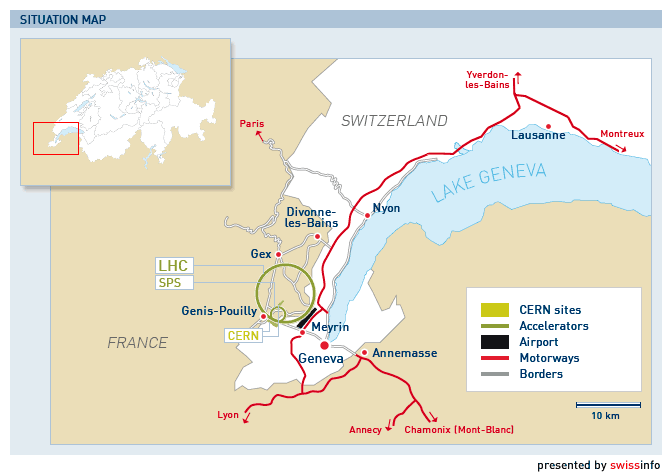

In compliance with the JTI standards
More: SWI swissinfo.ch certified by the Journalism Trust Initiative

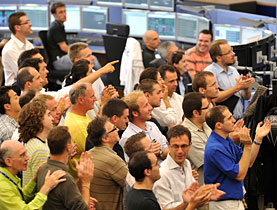
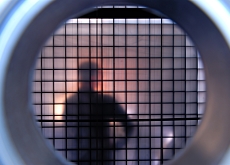
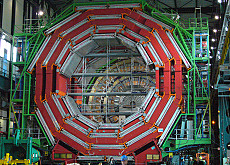
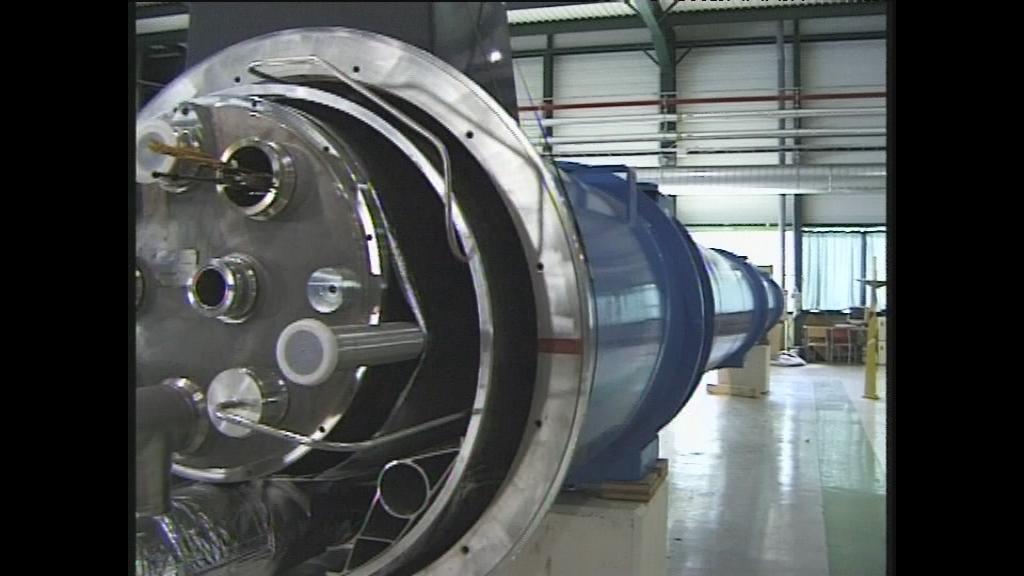
You can find an overview of ongoing debates with our journalists here. Please join us!
If you want to start a conversation about a topic raised in this article or want to report factual errors, email us at english@swissinfo.ch.